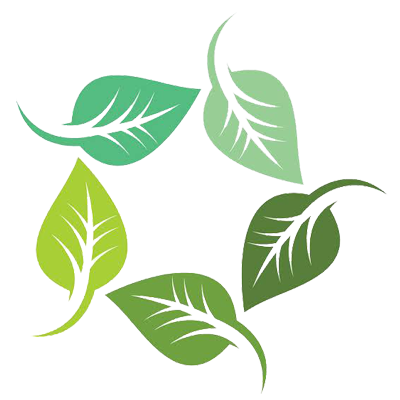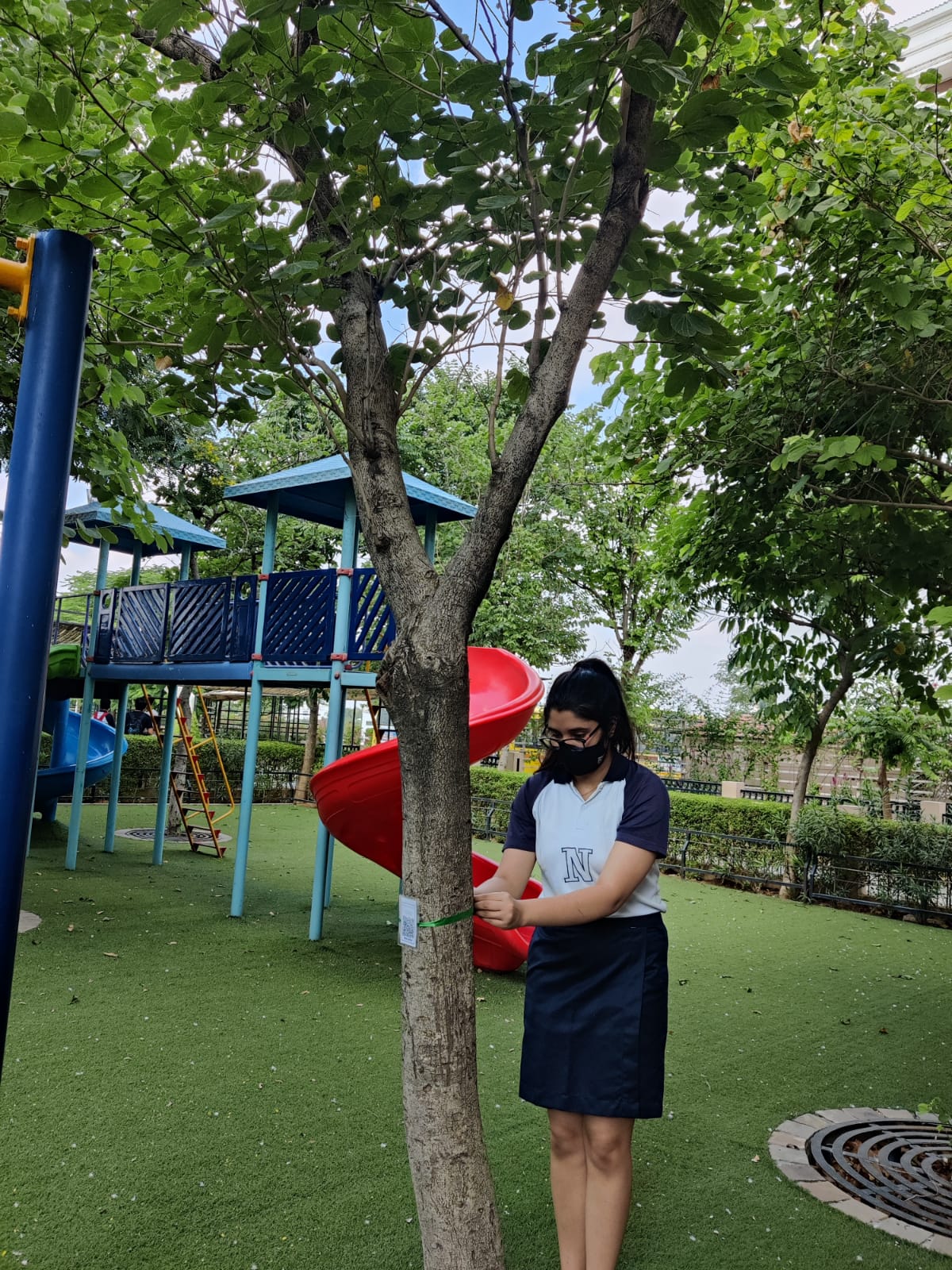Welcome to trees of NMS is creating awareness among students and communities about nurturing and protecting our biodiversity, reforestation and conservation.Planting or protecting a tree has a considerable impact on all Sustainable Development Goals earmarked by the UN, not only does it directly impact conditions of organic life on earth, but also in areas such as hunger, poverty, education, clean energy, health, and industry.Trees help us build a future where poverty is reduced, food and water are available, biodiversity is safeguarded and sustainable livelihoods are possible.
Healthy forests = happy communities!

An inventory of trees at the Neerja Modi school campus has been prepared after meticulous research and planning.

The data of the trees has been linked to the school website. A unique QR code specific to a tree has been placed next to it.

The code once decoded, translates into a Uniform Resource Locator or URL which directly shows the data of each tagged tree.

Students can get accurate information regarding a particular tree by just scanning the barcode.

